Getty’s ‘Cave Temples of Dunhuang’ transports Silk Road to Los Angeles
Photo credit: Cybele Zhang
A large statue of a buddha was replicated and placed in the Getty Center’s replica of Cave 275. The real cave is located in the Mogao Grottoes outside of Dunhuang, China.
Nearly a 7,000-mile journey crossing rough sea, arid desert and towering mountains is what a visit to the Mogao Grottoes would normally require. But “Cave Temples of Dunhuang: Buddhist Art on China’s Silk Road” brought the experience of the temples to Los Angeles.
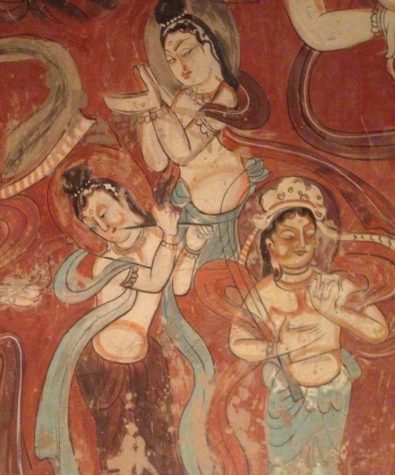
Painting of three women on the walls of Cave 275. Cave 275 is one of 500 hillside caves, which make up the Mogao Grottoes.
From May 7 to September 4, the Getty Center’s exhibit provided visitors a chance to literally step into an integral part of Chinese history and culture.
Dunhuang, a remote city bordering the Gobi Desert in northwestern China, is home to the Mogao Grottoes, a mile long network of 1,700-year-old caves covered in Buddhist painting and sculpture.
From the 4th to 14th century, the 500 cave network served as a religious, commercial and cultural hub along the Silk Road.
In recent decades, the site in China has become a popular tourist destination, but this exhibit was the first time the replica caves and many of the featured art pieces were shown in North America.
Since 1989, the Getty Conservation Institute has worked alongside Dunhuang Academy inside the caves to protect and conserve the UNESCO World Heritage Site. This relationship facilitated the in-depth exhibit, which included an immersive video, gallery exhibition and replica caves.
The 3D video described Cave 45’s notable features while giving background on the Grottoes in general.
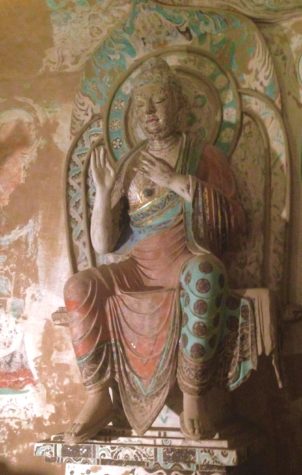
Buddha statue in Cave 320. The exhibit runs from May 7 to September 4.
Around the corner, the gallery showcased over 40 objects ranging from wood sculptures to elaborate embroidery excavated from the site’s famed “Library Cave.” The pieces came from a wide range of time periods and cultures, showing early globalization; some manuscripts were in Chinese, while others are in Hebrew.
The replica caves were recreations of three caves located in Mogao: Cave 275 from the 5th century, Cave 285 from the 6th century and Cave 320 from the 8th century.
The life-size caves were ornately designed and appeared highly similar to the real versions. Intricate details like chipped paint exactly replicated the caves found in China.
To enter the tent where all of the caves were located, visitors must have collected a time-specific ticket, which was free of charge.
Groups of about a dozen were admitted every few minutes and must have moved between caves as a group. In order to stay on schedule, visitors only had a few minutes per cave. Cave 275 is small and became quite crowded.
Admission to the Getty Center is free, parking is $15 and $10 after 3 p.m. The museum is closed on Mondays and open 10:00 am – 5:30 p.m. daily.
Cave Temples of Dunhuang
-
Artwork
-
Variety
-
Experience
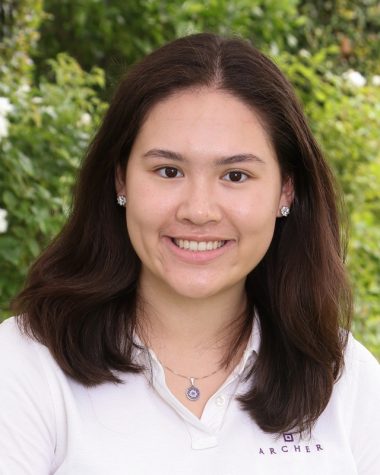
Cybele Zhang joined the Oracle writing staff in 2015. She was promoted to Sports Editor as a sophomore and to Editor-in-Chief as a senior. Cybele graduated...







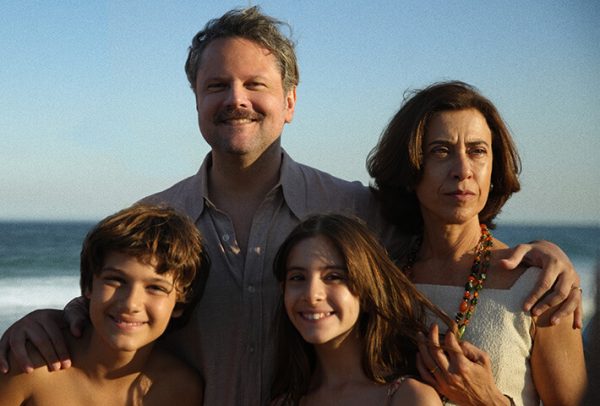
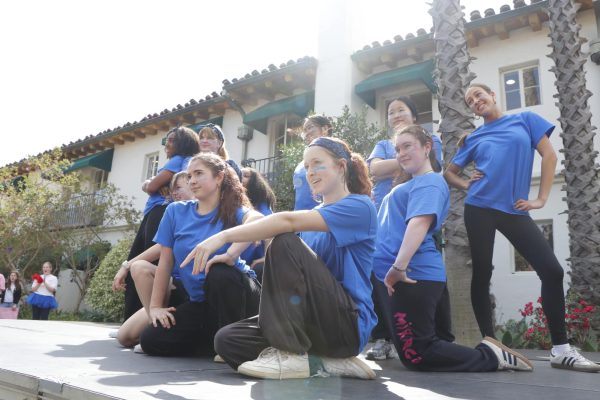
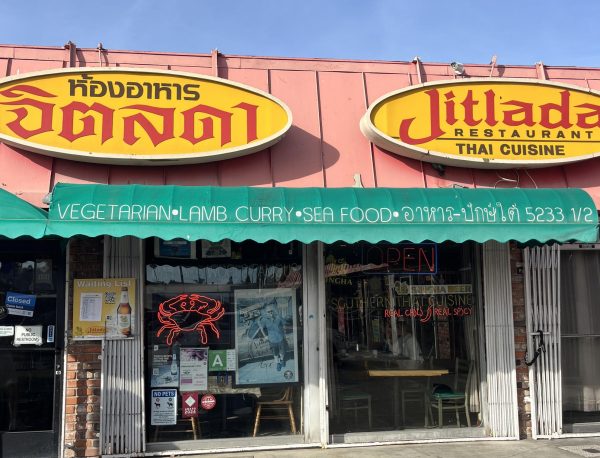
Tracy Poverstein • Sep 12, 2016 at 10:09 am
Thank you for giving us this preview of an art show, I look forward to more this year.